How well do you really know your customers? Are you actively engaging with them through research or testing their responses using data analytics to understand their needs and preferences? Remember, it’s not just about selling products; it’s about solving their problems and meeting their needs.
Go to market is a strategy that determines which distribution channels you use to deliver a product to your target customers. It brings the right products to the right point of sales at the right time.
A Go to market strategy must start with the customer. The success of every go to market strategy depends on the depth of understanding a business has of their customers, their needs, their expectations and their behaviours, as all key go to market decisions depend on this kind of detailed information.
- Products – you will only sell products that meet customers’ needs and align with their purchasing intentions. Direct interaction with your customer base—via focused interviews, surveys, or prototype testing—will provide valuable insights into their preferences.
- Channels – your chosen distribution channels must be the ones your customers actively use to make purchases.
- Value Added – What sets your product apart in the eyes of both customers and within the broader market category?
How you sell has to fit with what you sell and where the greatest opportunity is.
Brand activation and go to market analysis is all around helping brands to identify the sales gap between current distribution and the total brand consumer opportunity. How do you juggle external market trends with your brand’s internal capabilities? Finding that sweet spot where market dynamics and your brand’s strengths align is the key to unlocking success.
The ranging choices are more important than ever and building a picture of high consumer demand and distribution points feeds understanding where your brand needs to be available for purchase and which channel will maximise sales performance.
So how does this all work in reality? Let’s use as an example on the go product range that caters for the health-conscious customer, particularly targeting vegan, organic and ethically minded shoppers and consumers.
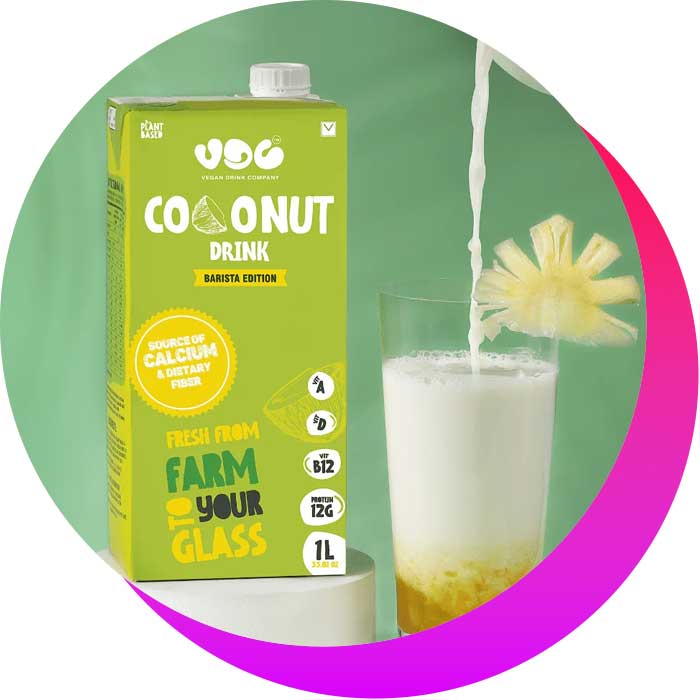
Stage 1: Research and size the current and potential marketplace for vegan food and drink products.
First, we begin by analysing consumer behaviour within the health-conscious market segment, focusing on vegan, organic, and ethically minded shoppers. Through robust brand consumer research and sales analysis, we identify key insights to define our product range, imagery, and promotional offers against different shopper types.

Stage 2: Develop pen personas of brand consumer profiles using research data, together with Mosaic consumer classifications.
We then analyse the data to identify patterns and trends related to consumer behaviour and attitudes, looking for common themes or characteristics among respondents to understand different segments within the target audience.
Having identified common themes, we then combine these with our Mosaic consumer classification to segment respondents into distinct groups based on relevant characteristics such as age, income, lifestyle, and purchasing behaviour. Each segment represents a potential pen persona.
Each persona is given a name and a narrative that brings the persona to life.
Pen personas are a powerful means of informing product development, marketing strategies, and communication tactics. You can tailor your messaging, product features, and promotional activities to resonate with the specific needs and preferences of each persona group.
However, we don’t just leave it there. By visualising the density of each pen persona within the UK population you can prioritise your sales and marketing efforts even more effectively…
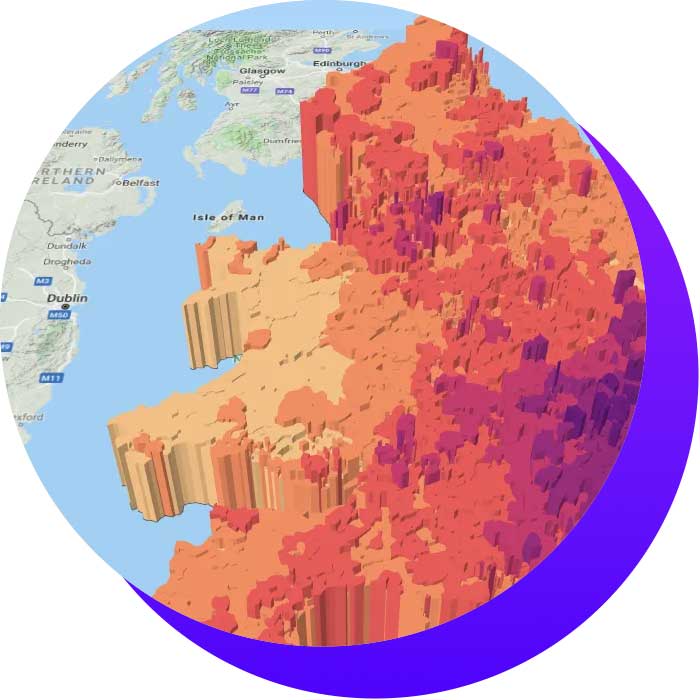
Stage 3: Heatmap these pen personas to the UK population and identify geographical areas of greatest footfall opportunity by brand consumer profile.
MarketView is like having a crystal ball for your sales strategy. It gives you the ability to compare, analyse and build score models to factor in the extent to which external factors can affect sales performance of similar types of outlets across different retail and geographic locations.
Visualising the density of each shopper segment helps to prioritise sales and marketing resources to:
- Stores with greatest potential to increase frequency of product sell through cycles.
- Opportunity grading to find the top percentage of stores to placing instore and premium end of aisle promotions.
- Geographic locations with high consumer opportunity and low sales distribution coverage
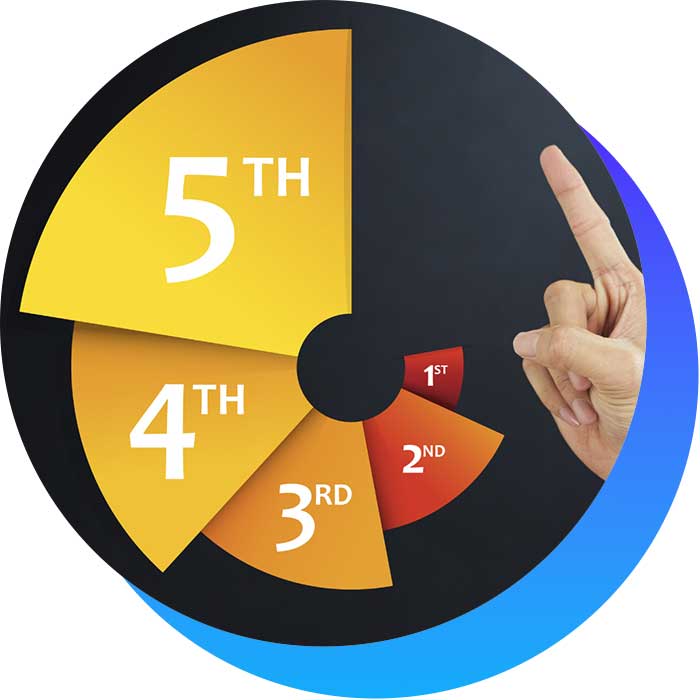
Stage 4: Rank and segment individual stores by brand consumer footfall opportunity, using catchment area analysis and modelled data.
We rank retailer sites based on their alignment with target consumers, allowing us to tailor brand activation programs where consumer demand is strongest. By understanding shopper segment occasions and retailer affinity preferences, ye can strategically place your products to maximise sales.
Ranking of retailer sites against target consumers helps to target brand activation programmes by identifying where the consumer demand is highest and applying shopper segment occasion attributes and retailer affinity preferences. It builds a compelling trade selling story, that can demonstrate knowledge of both the category occasions brand range format and individual sites ranked by brand consumer opportunity.
By segmenting stores based on brand consumer opportunity, we can pinpoint sales gaps and opportunities across various types of retailers, such as supermarkets, convenience stores, and food outlets.

Stage 5: Go to market activation planning
The final stages involve executing a rollout strategy to the right stores, in the right locations to the right consumer pen persona target market, supported by the right range and promotions for each key retailer.
We map existing routes to market, analysing category range value, location, and retailer type. This helps identify any gaps in our current market penetration across different types of stores.
We focus on activating our brand with our target consumer pen personas by assessing their alignment with their preferred retailers. For instance, we may analyse how our new product range fits within the offerings of a specific retailer like Sainsbury’s.
Finally, we rank the number of target consumers across each retailer’s store network to inform our brand range placement strategy. This comprehensive approach enables us to craft a compelling trade story that demonstrates our understanding of consumer occasions, brand range formats, and individual store opportunities.

World Renowned-Winery
Consumer Profiling, Category Planning, Route to Market Planning & Execution
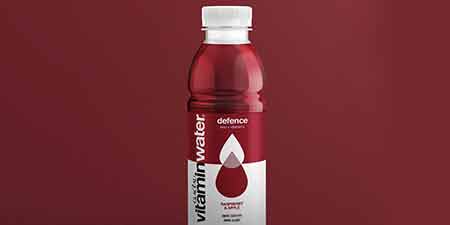
Glacéau Vitamin Water
Customer Insight, store location strategy, shopper insight, sales territory planning, sales activation campaign
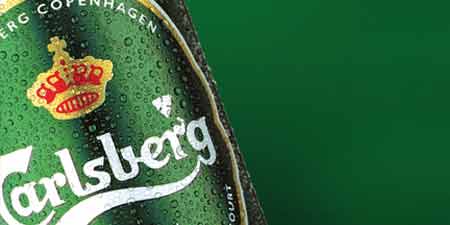
Carlsberg
Sales Territory Planning Customer Insight & Category Management
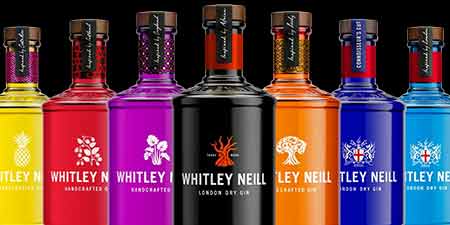
Whitley Neill Gin
Brand Positioning, Online Survey & Focus Groups

Royal Caribbean International
Qualitative Focus Group
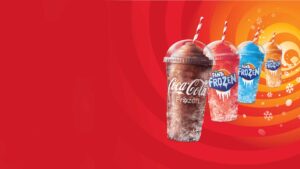
Coca-Cola Zero Sugar
Market Research
GOT AN ACTIVE REQUIREMENT?
Get in touch today with our team of experts.

